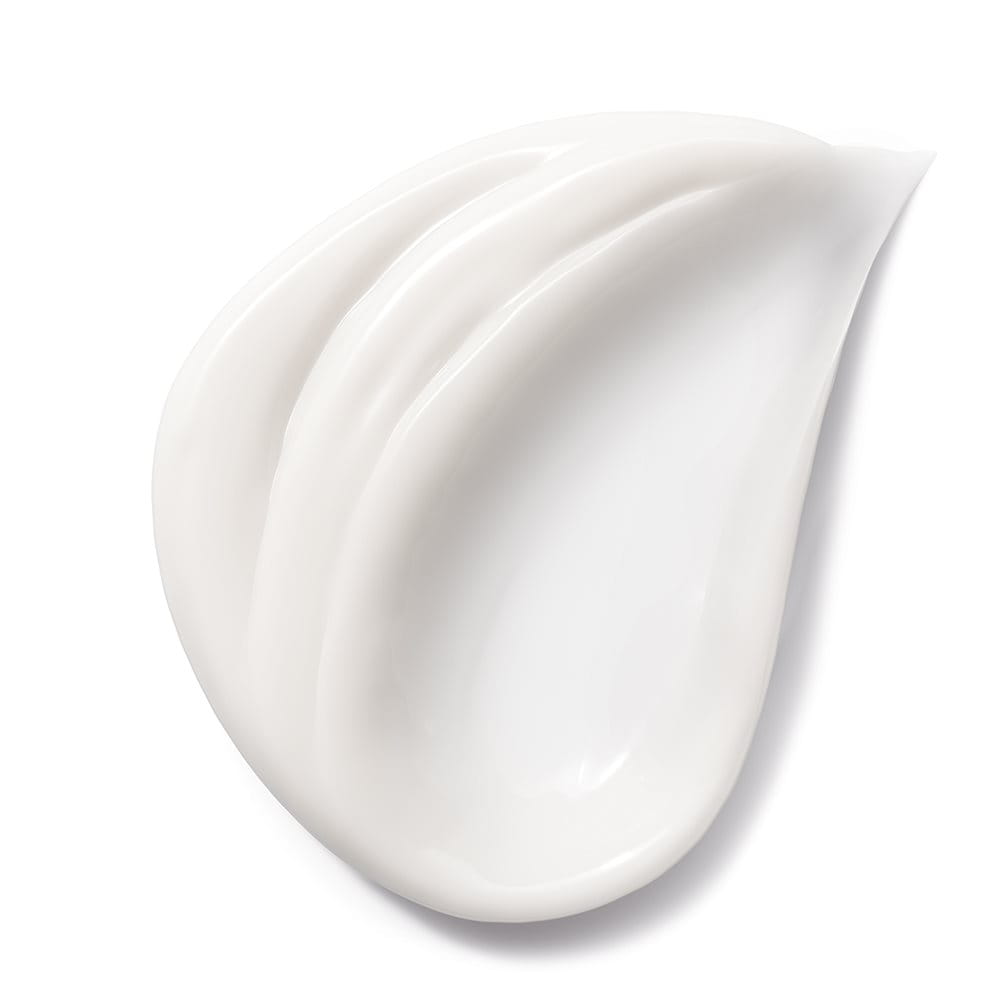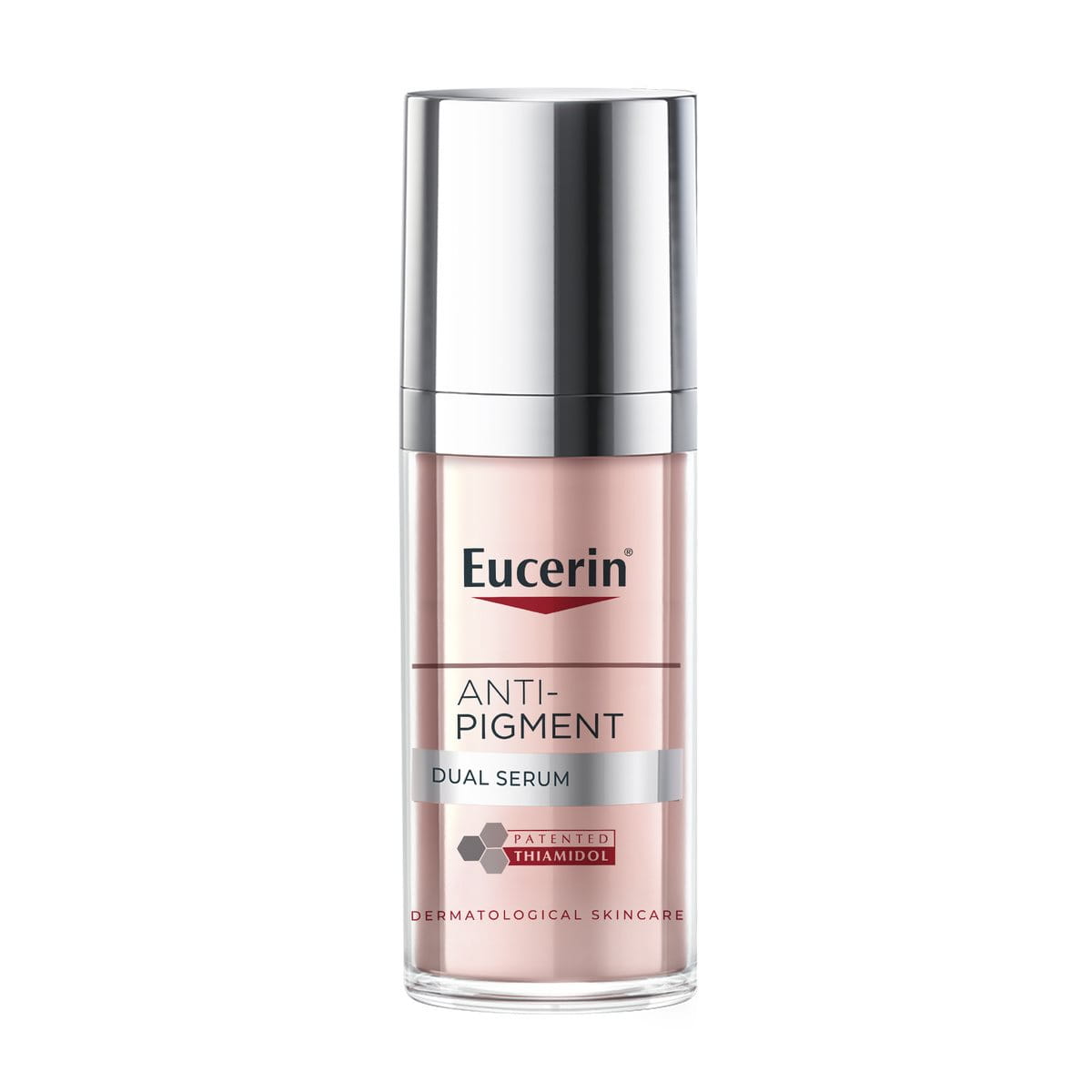You might have heard a lot about kojic acid, and for all the good reasons. This ingredient has become a popular choice for reducing dark spots and has notable skin-lightening properties. It also helps reduce acne scars and even out skin tone. What makes it stand out is its ability to work gently, making it suitable for different skin types. In this article, we’ll explore kojic acid uses and its benefits for skin.
Keynotes:
- Kojic acid is derived from fermentation and works by blocking tyrosinase to limit melanin formation.
- It is widely used to address pigmentation concerns such as sun spots, acne marks, and uneven tone.
- Leave-on formats like serums and creams show stronger brightening results than rinse-off products.
- Combining kojic acid with actives like niacinamide or glycolic acid can enhance visible improvements.
- Possible side effects may include skin irritation, allergic responses, and increased sensitivity to the sun, so it should be used alongside sunscreen.





